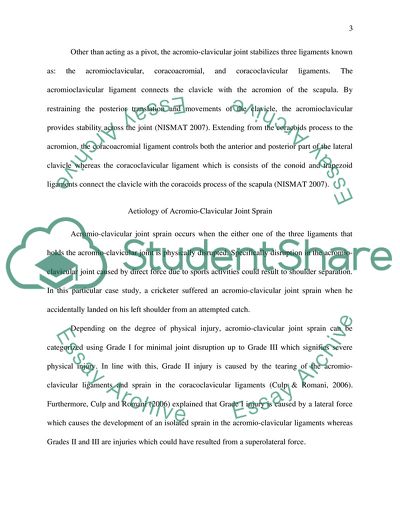Cite this document
(Athlete Rehabilitation Programme for a Cricketer Case Study, n.d.)
Athlete Rehabilitation Programme for a Cricketer Case Study. Retrieved from https://studentshare.org/health-sciences-medicine/1739079-athlete-rehabilitation-programme
Athlete Rehabilitation Programme for a Cricketer Case Study. Retrieved from https://studentshare.org/health-sciences-medicine/1739079-athlete-rehabilitation-programme
(Athlete Rehabilitation Programme for a Cricketer Case Study)
Athlete Rehabilitation Programme for a Cricketer Case Study. https://studentshare.org/health-sciences-medicine/1739079-athlete-rehabilitation-programme.
Athlete Rehabilitation Programme for a Cricketer Case Study. https://studentshare.org/health-sciences-medicine/1739079-athlete-rehabilitation-programme.
“Athlete Rehabilitation Programme for a Cricketer Case Study”. https://studentshare.org/health-sciences-medicine/1739079-athlete-rehabilitation-programme.


